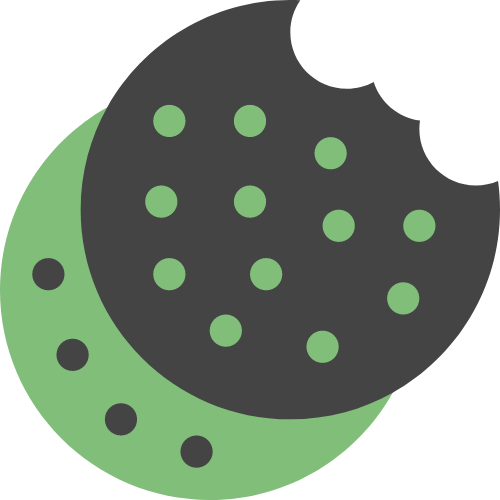Polyphenols are more than antioxidants — they’re gene modulators. If you’re wondering how do polyphenols influence gene expression, the answer lies in their ability to interact with cell signaling pathways that regulate inflammation, detoxification, energy production, and longevity.
Phenols like oleocanthal, hydroxytyrosol, and punicalagins can activate transcription factors like NRF2, SIRT1, and PPARγ, helping the body regulate stress responses at the molecular level .
- NRF2: Master antioxidant switch — regulates genes involved in detoxification and cellular defense
- AMPK: Energy-sensing enzyme — activates fat metabolism and reduces inflammation
- SIRT1: Longevity gene — modulates mitochondrial health, stress resistance, and DNA repair
This is how polyphenols influence gene expression — not by adding nutrients, but by instructing your DNA to turn on protective pathways.
- Oleocanthal and oleacein from high-phenolic olive oil modulate NF-κB and COX-2 expression
- Punicalagins from fermented pomegranate activate NRF2 and suppress oxidative gene damage
- Curcumin enhances SIRT1 and mitochondrial gene activity, especially when micellized for absorption
Polyphenols act like a nutritional language, speaking directly to your genes and restoring biological resilience .
Polyphenols act like software for your biology — not just nutrients, but cellular programmers. They influence gene expression through NRF2, SIRT1, AMPK, and other longevity pathways.
Tip: Feed your genes daily — not with megadoses, but with potent bioactives in real food form.
